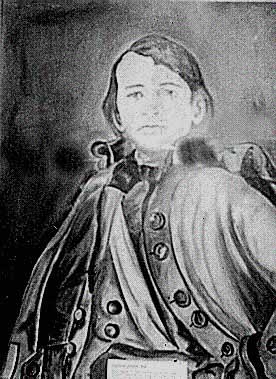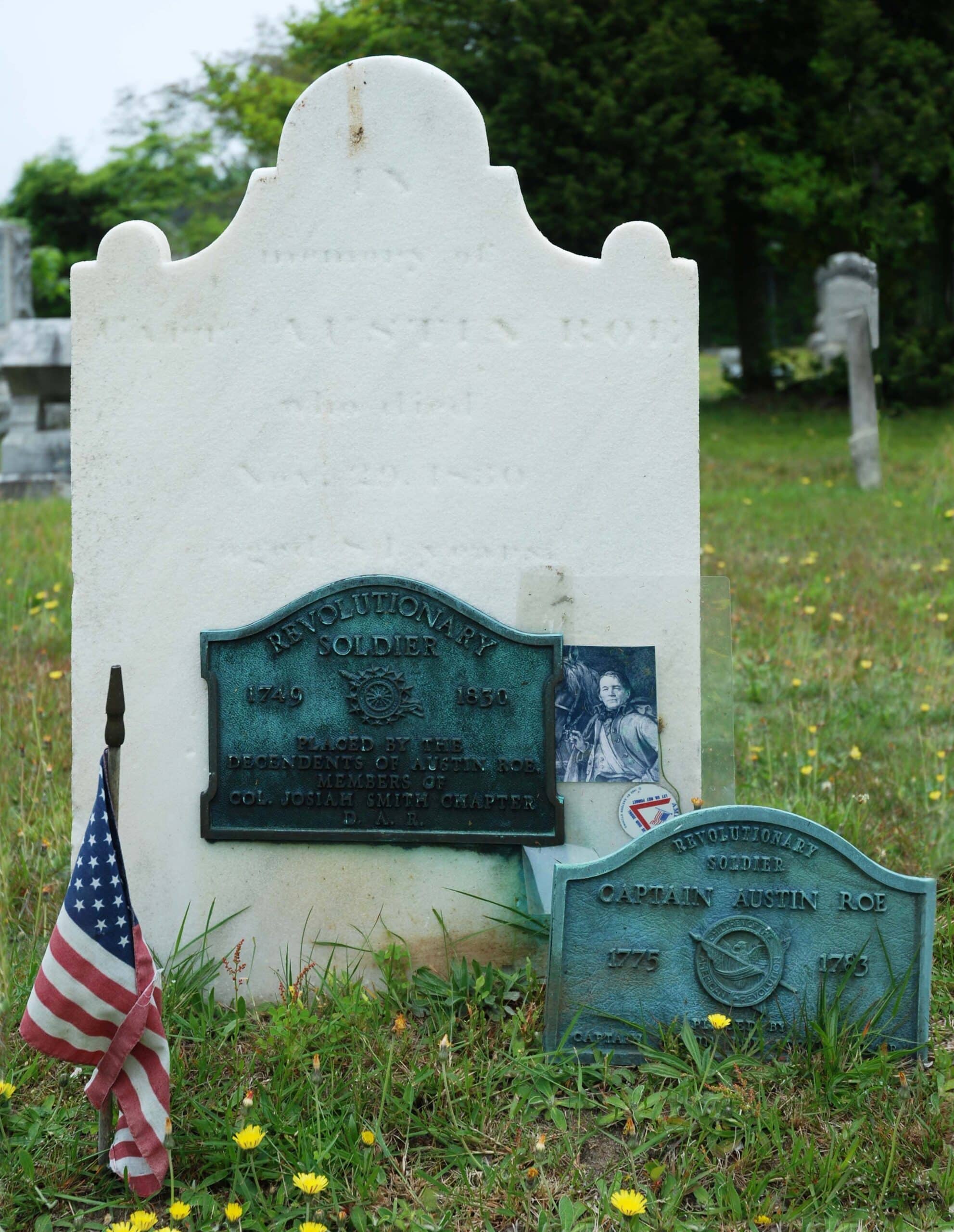Austin Roe is one of the lesser-known individuals who played a role in the Culper Spy Ring during the American Revolutionary War. He became known as the Paul Revere of Long Island due to his long rides between Setauket and Long Island.
The Culper Spies was a successful spy ring that began operation after the death of Nathan Hale and during the occupation of New York by the British.
Culper Spy Ring Involvement

He was the owner of Roe's Tavern in East Setauket, which would have access to British troops that were in the area.
In December 1778, General George Washington's chief of intelligence and Culper Ring spymaster, Major Benjamin Tallmadge, recruited Jonas Hawkins as a clandestine courier to bring messages to Setuaket from New York City, where the group's leader, Abraham Woodhull, was gathering information.
From there, the coded correspondence could be relatively easily forwarded to Tallmadge.
At first, the ring employed just Hawkins in the role, but by early summer, Roe had joined the group as an alternate rider, who would take messages the 55 miles between the group's two major centers of operation within New York Setauket and New York City.
At the time, both cities were occupied by the British.
Roe and Hawkins passed the messages from New York City to operative Caleb Brewster on Long Island. Brewster would take them across the Sound to Tallmadge at Fairfield, Connecticut. From there, Tallmadge forwarded the messages to George Washington.
Roe served the Culper spy ring as a courier by secretly relaying its messages beginning in early 1779. He claimed to be conducting business as a merchant in order to avoid suspicion and pass through the British checkpoints.
He would become the sole dispatch carrier for the ring after July 1779, when Tallmadge gave Roe a code number in his code index.
Roe's identity remained a secret. However, the British had learned of the spy ring and had their suspicions.
In 2015, a letter written by loyalist soldier Nehemiah Marks to Adjutant General Oliver De Lancey, head of British Army Intelligence, following Major John Andre’s capture and execution, said that brothers Nathaniel and Phillip Roe were part of the "Long Island spy network."
Here is what the New York Almanack has to say about the letter:
Marks addressed his letter to the Head of British Army Intelligence, Major Oliver De Lancey, who was Major John Andre’s successor in that position. In the letter, Marks accuses Roe's family members at Drowned Meadow (Port Jefferson) – Nathaniel Roe and Phillips Roe – of providing aid to Culper spy Caleb Brewster. It should be noted, however, that the letter is not conclusive evidence that the Culpers used Roe’s family as operatives or anything else. If the British were certain of the Roes of Drowned Meadow helping the Culpers, Nathaniel and Phillips Roe would have likely been promptly arrested and possibly executed. Historians should view Mark's letter as circumstantial evidence establishing a connection from Roe’s extended family to facilitating his Culper allies Brewster and Tallmadge. More on this topic is likely to surface from further historical research.
Final Years
After the American Revolution, Austin Roe continued with the operation of "Roe's Tavern" until 1798, when he moved to Patchogue.
Having the experience of a tavern owner, he opened another Tavern, which became successful. It is said that to his patrons, he would speak of his experiences during the war and talk about the activity of the Culper Spies.
In 1790, now President George Washington visited New York to see the damage the British had done to the city. While here, it is believed he had a rendezvous with the members of the Culper Spy Ring at "Roe's Tavern."
Roe would go on to live a long life and die at 81 years old in 1830.
There are two brass plaques affixed to his headstone. The first reads:
"REVOLUTIONARY SOLDIER CAPTAIN AUSTIN ROE 1748-1830," Placed by the Col. Josiah Smith Chapter of the DAR.
"In Memory of Captain Austin Roe, who died Nov. 29, 1830, Age: 81".
The second reads:
REVOLUTIONARY SOLIDER 1748 - 1830, PLACED BY THE DESCENDANTS OF AUSTIN ROE MEMBERS OF THE COL. JOSIAH SMITH CHAPTER DAR.

